My goal is for Live Simply Natural to be a resource to help you feel empowered when making food choices. I’m a big believer that eating a well-balanced diet is the best way to maintain good health. So I’m breaking down everything you need to know to unlock the nutritional powerhouse of the most common whole food ingredients. Today I’m sharing one of my fall and winter time favorites – PEARS!
Produce Guide: Pears
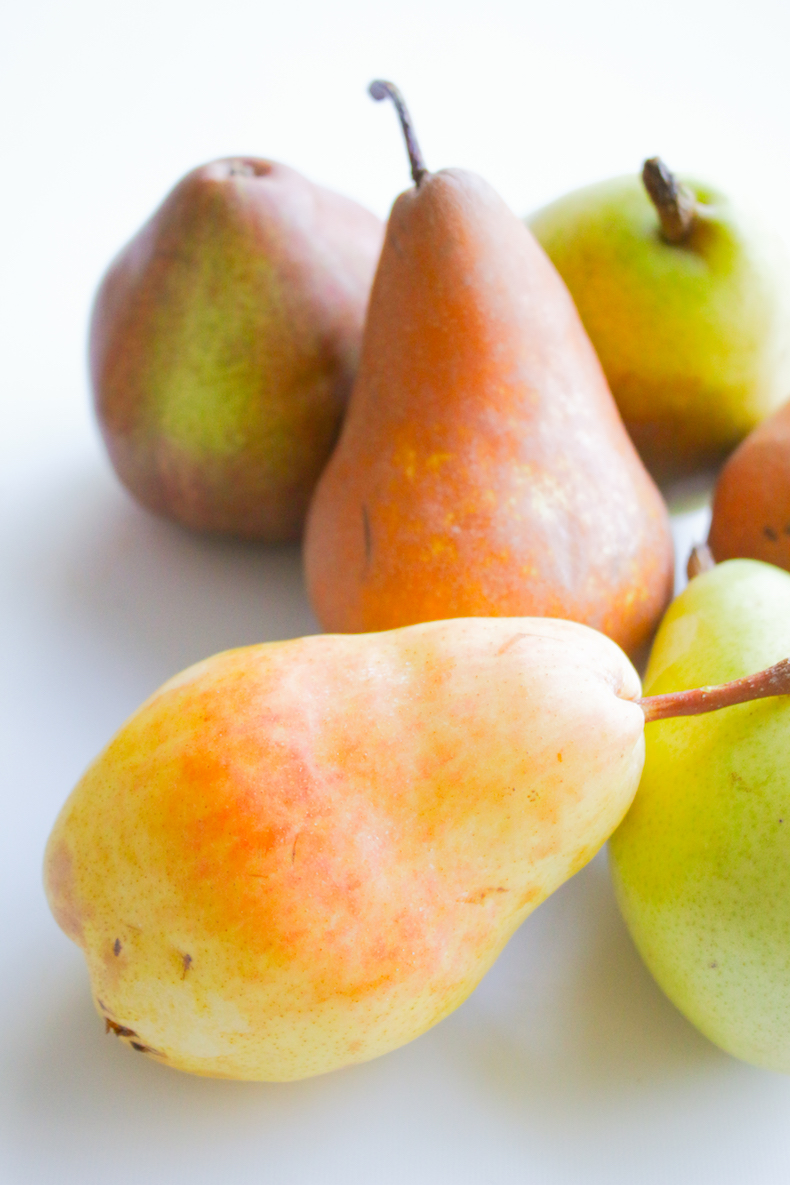
Pears can be found in a wide variety of shapes, colors, and sizes; typically available all year long in most supermarkets, pears are perfect in the fall and winter seasons. Sweet, delicious, and rich flavored pears offer the crunchiness of apples yet are juicy like a peach and nectarine. From late summer through early spring, depending on the type and the region, pears are one of the few fruits that improve off the tree; pick them while still hard and allow them to ripen on the counter for a sweet, succulent addition to all sorts of fall dishes.
-
HEALTH BENEFITS
Pears are rich in important antioxidants, flavonoids, and dietary fiber. They contain special phytonutrients, including anti-inflammatory properties, anticancer polyphenols, and anti-aging flavonoids. Studies regarding pear nutrition have linked the fruit’s consumption to lower levels of constipation, kidney stones, high cholesterol, and even diabetes. (source)
Pears can help lower inflammation, which is the root of most diseases, plus they’re one of the best sources of dietary fiber for all fruits and provide high amounts of vitamin C, vitamin K, and boron. In addition, pear nutrition helps reverse copper deficiency and low potassium.
NUTRIENT BREAKDOWN OF PEARS
*per 1 cup of raw cabbage, 100g (source)
- Fiber | 3.6 g (14% DV)
- Protein | 0.5 g (1% DV)
- Carbohydrates | 10.6 g (4% DV)
- Vitamin C | 3.8 mg (6% DV)
- Vitamin K | 4.5 mcg (6% DV)
- Folate | 8 mcg (2% DV)
- Magnesium | 8 mg (2% DV)
- Potassium | 121 g (3 % DV)
- Calcium | 4 mg (0 % DV)
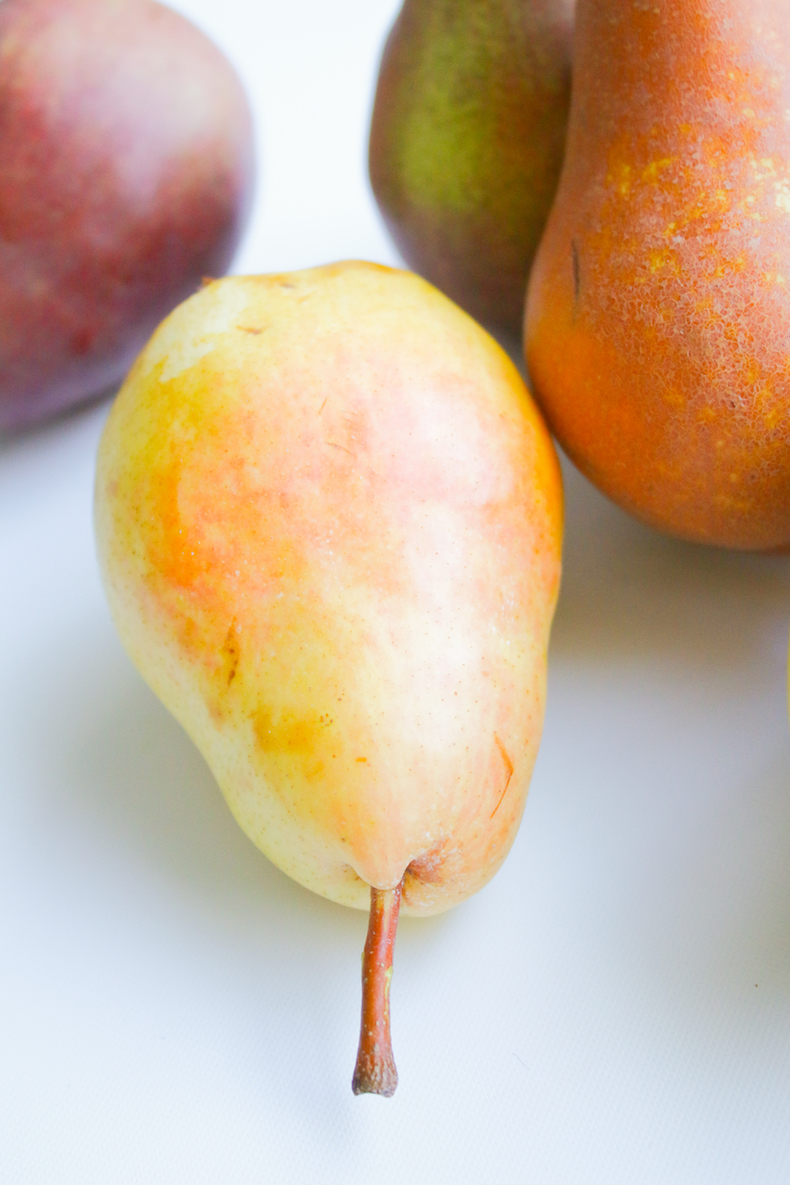
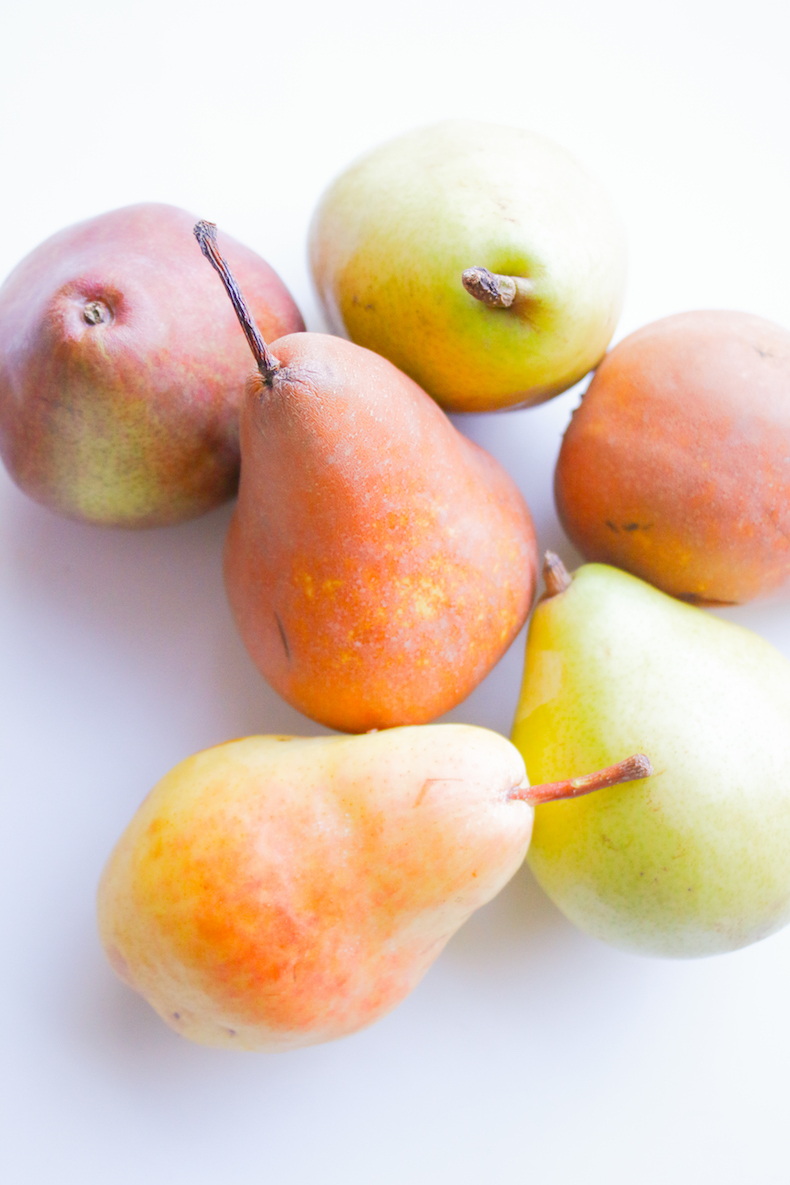
-
HOW TO BUY
When shopping for pears you should always choose firm, fragrant, unblemished pears. If you are looking for a ripe pear to eat immediately, press a finger gently into the top of the pear just where the stem joins the fruit. If it just starts to give there, the fruit is ripe. Don’t buy pears that are soft anywhere else, as that indicates that they are overripe and the flesh will be mushy and mealy. If you want to eat the pears in a few days, the top should still be hard. Note that the Bartlett is the only variety that will change color when ripe, so purchase when green.
-
HOW TO STORE
If you don’t have immediate plans for your pears, store them at room temperature, and depending on the variety, they will ripen in a few days. If you want to speed things up, place the pears in a paper bag with a ripe banana or apple — these other fruits give off ethylene gas, which the pears will soak up and then start to produce themselves, speeding up the ripening process.

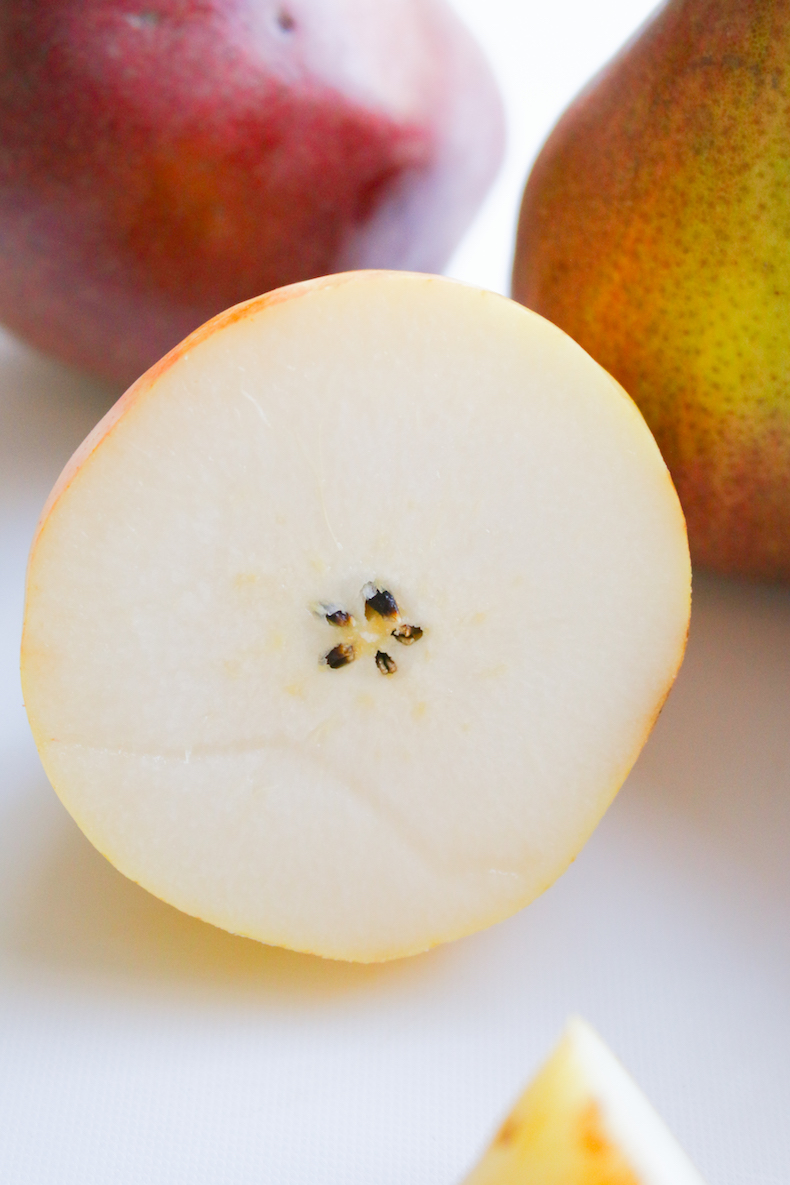
-
HOW TO PREPARE
Fresh pears are delicious and can be eaten as-is after gently washing the skin by running it under cool water and patting it dry. Since their skin provides about half of the pear’s total fiber as well as its antioxidant and anti-inflammatory phytonutrients, it is best to not peel the fruit but eat the entire pear.
To cut the pear into pieces, you can use an apple corer, cutting from the fruit’s base to remove the core, and then cutting it into the desired sizes and shapes. Once cut, pears will oxidize quickly and turn a brownish color. You can help to prevent this by applying several drops of lemon, lime, or orange juice to the flesh.
When cooking pears, preheat the oven to 350F. Cut the pears in half and place them on a baking sheet (I cut a sliver off the other end so they sat upright). Using a measuring spoon or melon baller, scoop out the seeds. Bake in the oven for 30 minutes. Remove, let cool and enjoy!
-
PEAR RECIPES
Looking for more recipes that include pears? Check out our favorites here!
WHAT’S YOUR FAV?
What ingredient do you guys want to learn more about? And if you have a favorite way to eat pears, tag @livesimplynatural or #livesimplynatural so the LSN community can get inspired by your dish too :)
Hugs,


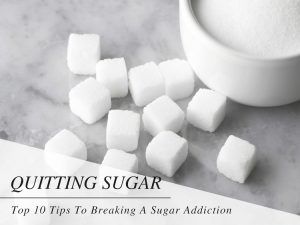
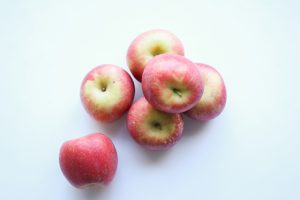

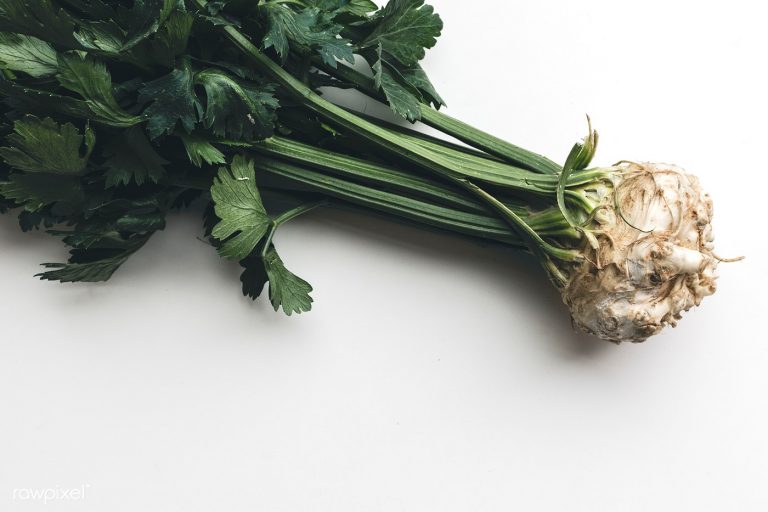
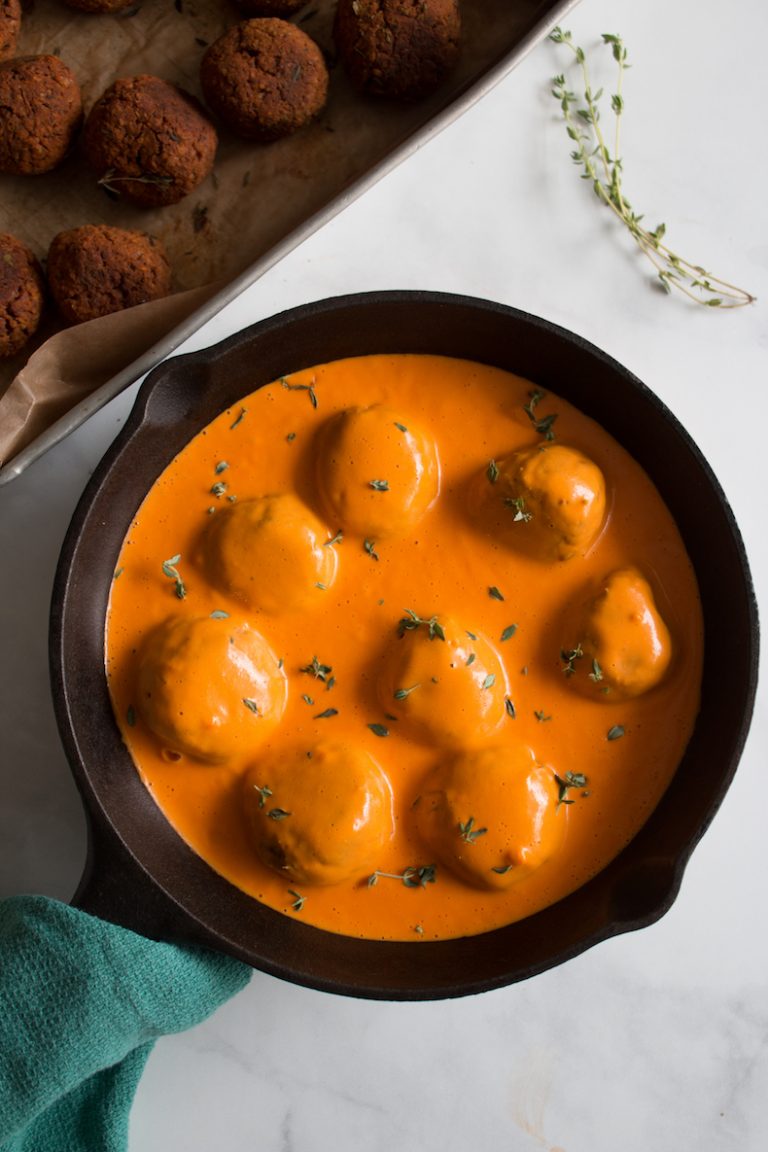
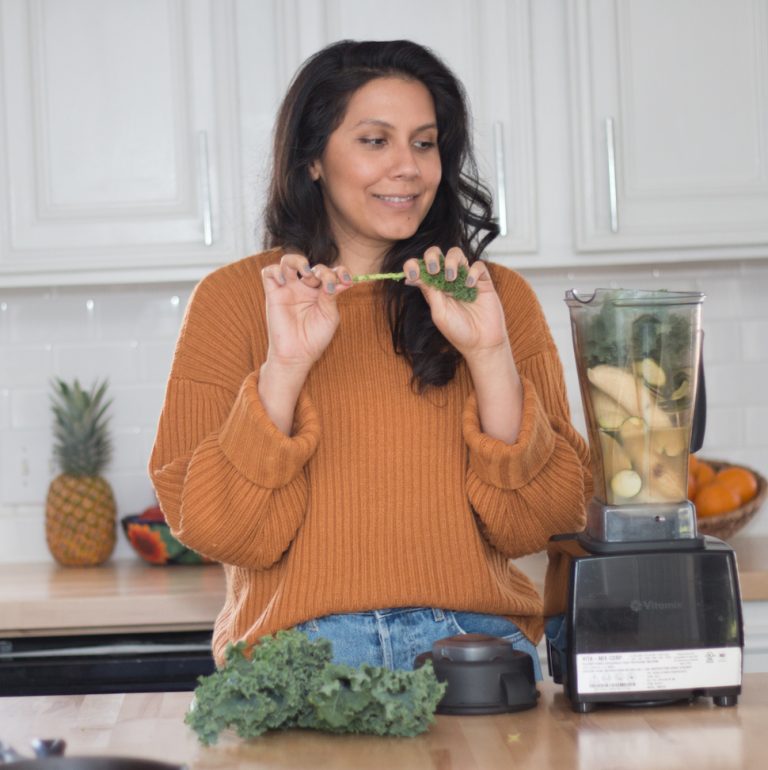
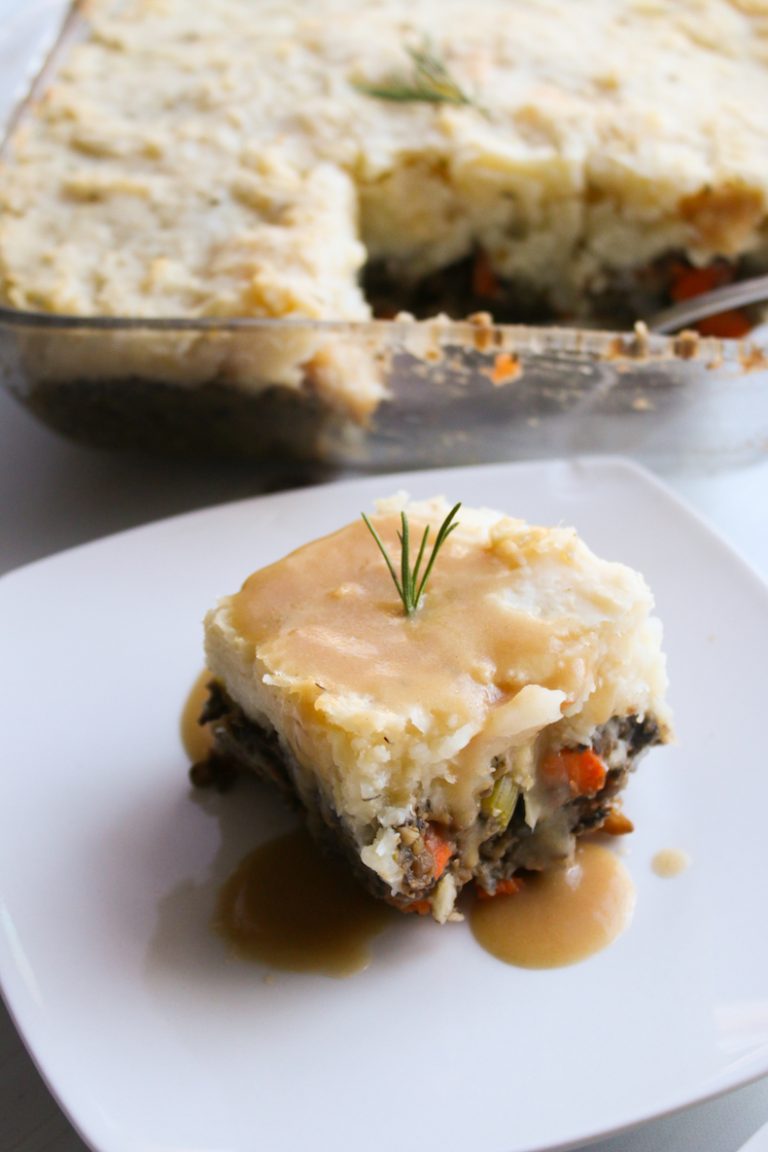
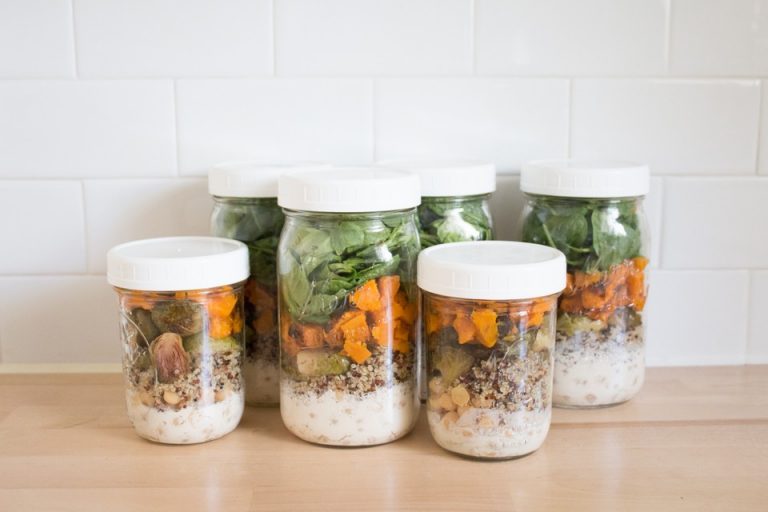


3 Comments
Thanks for sharing! Great one.